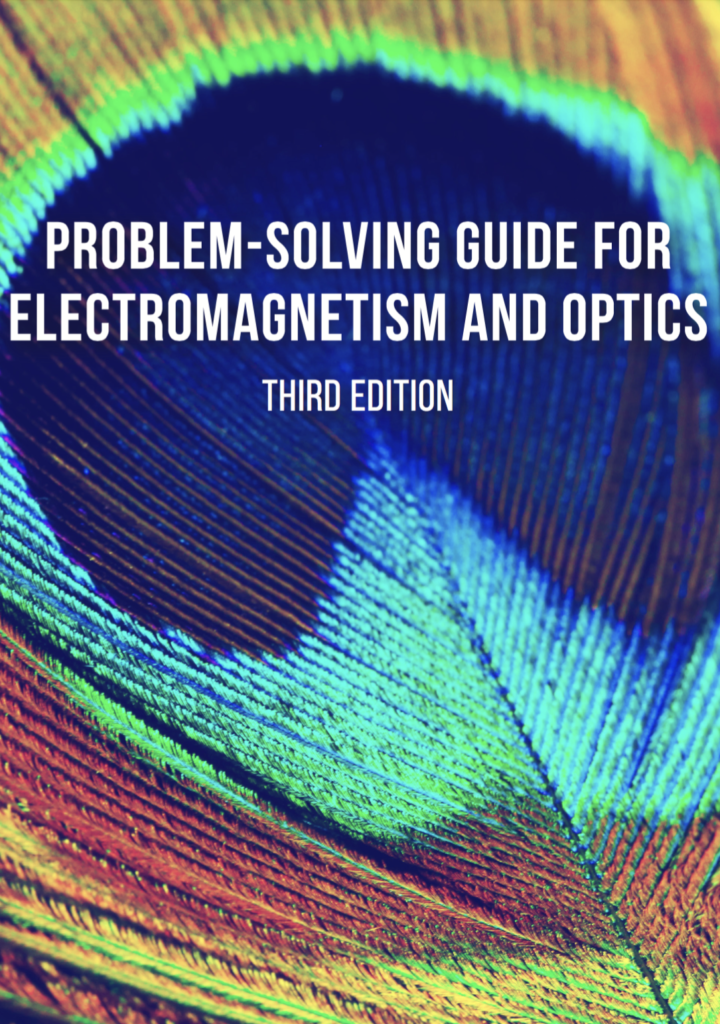As students embark on their journey through the realms of physics, they often confront a pivotal question: “Which topic is tougher, optics or electromagnetism?” This query looms large in academic discussions and often signifies the beginning of a spirited debate among scholars and students alike. Both disciplines present their own unique challenges, and delving into the intricacies of each reveals the fascinating complexities that define them.
To embark on this comparative analysis, it is essential first to delineate the foundational concepts of both optics and electromagnetism. Optics, the study of light and its interactions with matter, encompasses phenomena such as reflection, refraction, and diffraction. It ventures into both classical and quantum realms, investigating how light behaves in different media. Conversely, electromagnetism encompasses the study of electric and magnetic fields, their interrelations, and their effects on charged particles. This field is crucial for understanding everything from electric circuits to electromagnetic radiation.
When considering the cognitive load required to master these disciplines, several parameters must be taken into account. For instance, optics often integrates geometrical interpretations with wave-based principles. This duality requires students to oscillate between different conceptual frameworks, which can be both enriching and daunting. The wave-particle duality of light adds an additional layer of complexity, compelling learners to grapple with fundamental philosophical implications while simultaneously applying mathematical rigor.
On the other hand, electromagnetism is widely recognized for its mathematical sophistication. Utilizing vector calculus, differential equations, and integral calculus, the mathematical framework of electromagnetism can be intimidating. Maxwell’s equations, the cornerstone of the discipline, govern the behavior of electric and magnetic fields and necessitate a comprehensive understanding of these mathematical tools. In this sense, one may contend that the sheer algebraic and calculus-based demands of electromagnetism inherently make it a more challenging discipline.
However, this perspective only captures a fragment of the comparative analysis. Engaging with optics not only necessitates grappling with its theoretical underpinnings but also demands proficiency in practical applications. Experiments involving lenses, prisms, and optical instruments require precision and adeptness. The challenge extends beyond mere theoretical comprehension; it mandates that students develop experimental skills to elucidate the phenomena they learn about in class.
Moreover, the experimental nature of optics opens avenues for exploration and creativity. Engaging with instruments during laboratory sessions enables a tactile understanding of abstract concepts. Is it possible that this hands-on experience imbues optics with a certain appeal that paradoxically masks its complexity? The aesthetic qualities of light-based phenomena often evoke a sense of wonder, potentially overshadowing the more arduous conceptual challenges that lurk beneath the surface.
In juxtaposition, electromagnetism is often positioned as a more deterministic field, characterized by its rigorous adherence to known laws and principles. The predictable nature of electric circuits or magnetic fields lends itself to a systematic approach, allowing students to derive outcomes with methodical precision. This predictability could arguably render electromagnetism less daunting, especially for students who thrive on structure and logical reasoning.
Nonetheless, the proclivity for predictability in electromagnetism can also cultivate a false sense of security. The intricacies of electromagnetic theory, especially in advanced contexts such as electromagnetic waves, quantum electrodynamics, and relativistic effects, can subvert expectations. These areas demand not merely rote application of principles but rather the synthesis of interdisciplinary knowledge across physics and mathematics.
Additionally, electromagnetism’s far-reaching implications in technology cannot be overlooked. From telecommunications to medical imaging, mastery of this field empowers students to contribute to cutting-edge innovations. This practical relevance, however, comes with its own set of challenges. The rapid pace of technological advancement necessitates a continuous update of skills and knowledge, posing a challenge that students must navigate throughout their careers.
As discussions progress, it is essential to consider each discipline’s pedagogical implications. Teachers face the formidable task of cultivating interest and comprehension in both optics and electromagnetism. The current educational practices often highlight visual experiences in optics, leveraging the innate beauty of light phenomena to foster engagement. In contrast, demonstrations in electromagnetism may not evoke the same immediate fascination, as concepts like electric fields or magnetic flux lack the sensory appeal of light’s behavior.
Ultimately, the question of whether optics or electromagnetism is tougher transcends a simple dichotomy. The subjective nature of this inquiry suggests that personal aptitude, interests, and learning methodologies all play critical roles. Some individuals may revel in the mathematical elegance of electromagnetism, while others may find themselves entranced by the aesthetic complexities of optics. The interplay between theory, mathematics, and real-world applications creates a nuanced landscape where both fields can be seen as equally formidable.
In conclusion, the perceived difficulty of optics versus electromagnetism is not a question with a definitive answer. Instead, it encapsulates a broader dialogue about the nature of learning and the diverse experiences that shape our understanding of physics. Whether one finds optics or electromagnetism to be more challenging, each field offers a rich tapestry of knowledge that is crucial to the overarching narrative of physics. The pursuit of these topics ultimately encourages budding physicists to embrace complexity, challenges, and the innate beauty of scientific inquiry.










